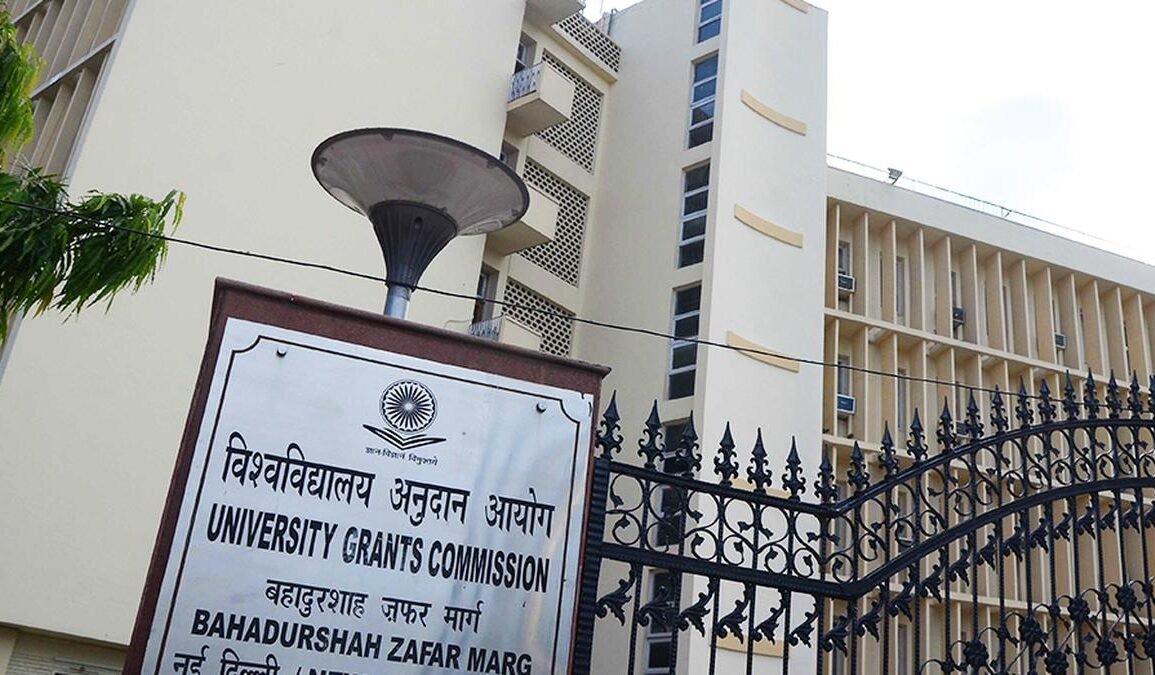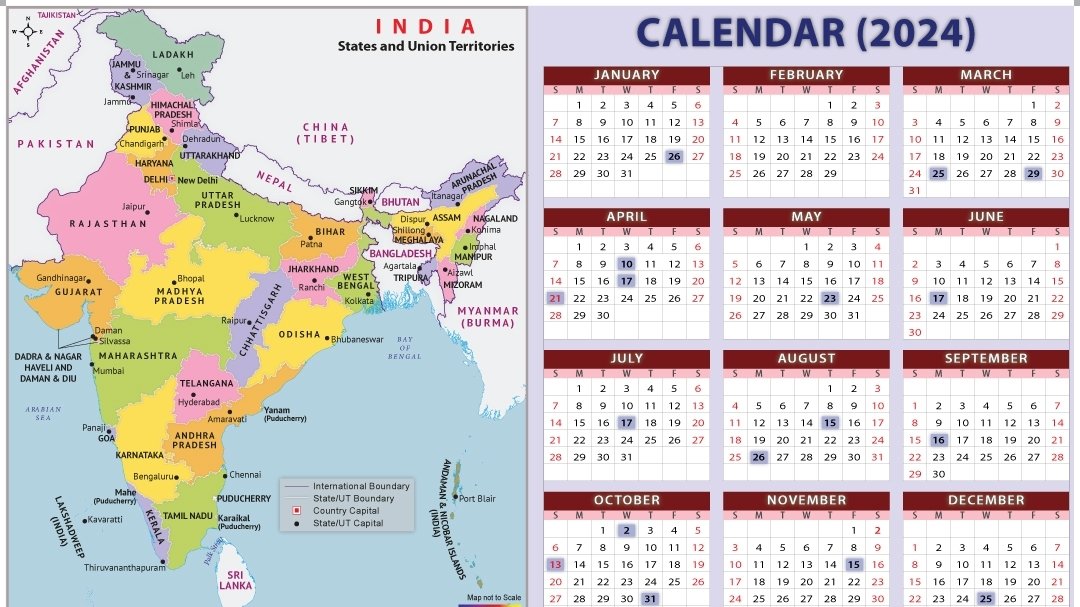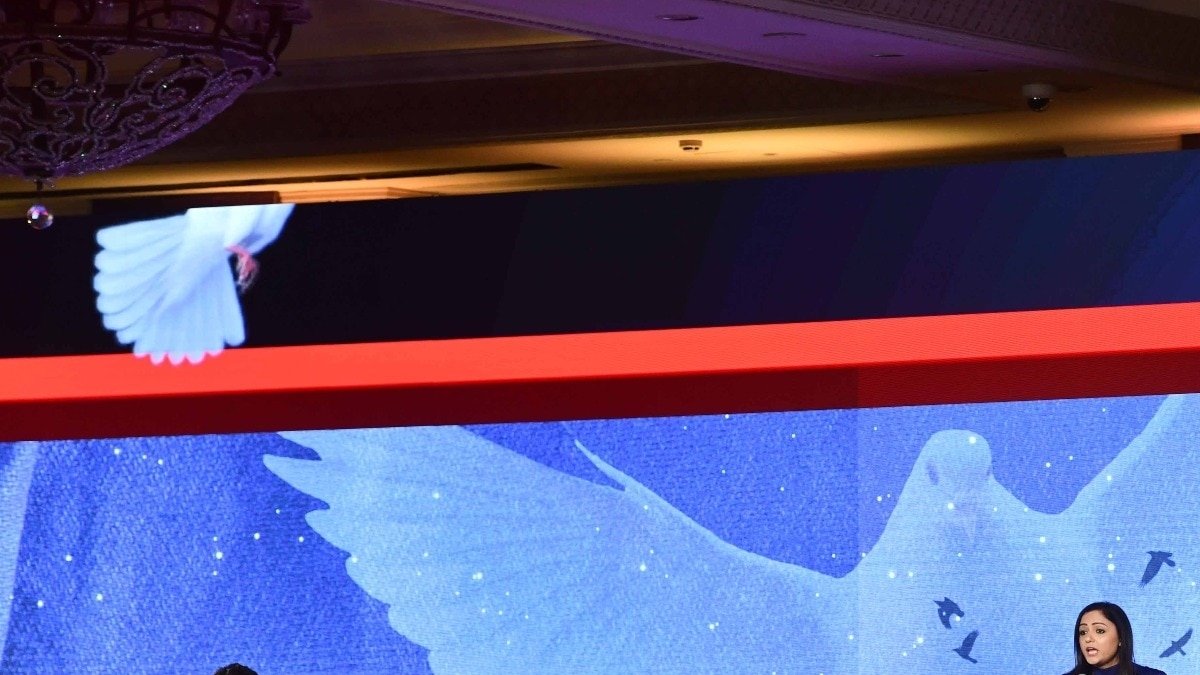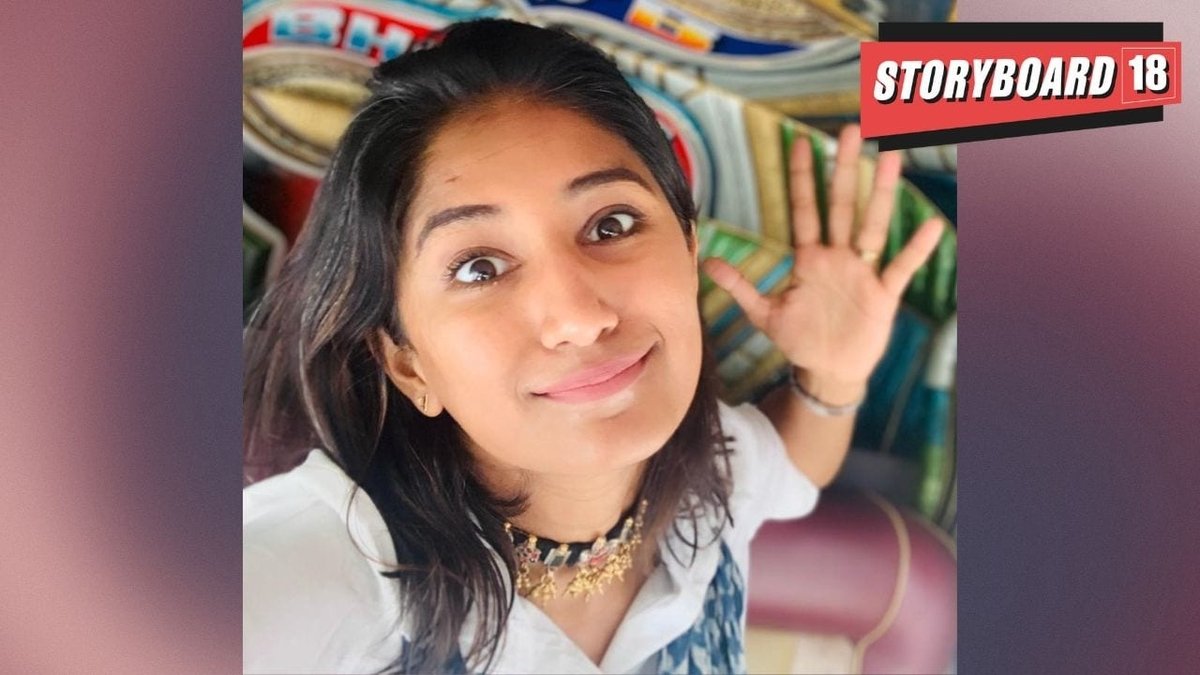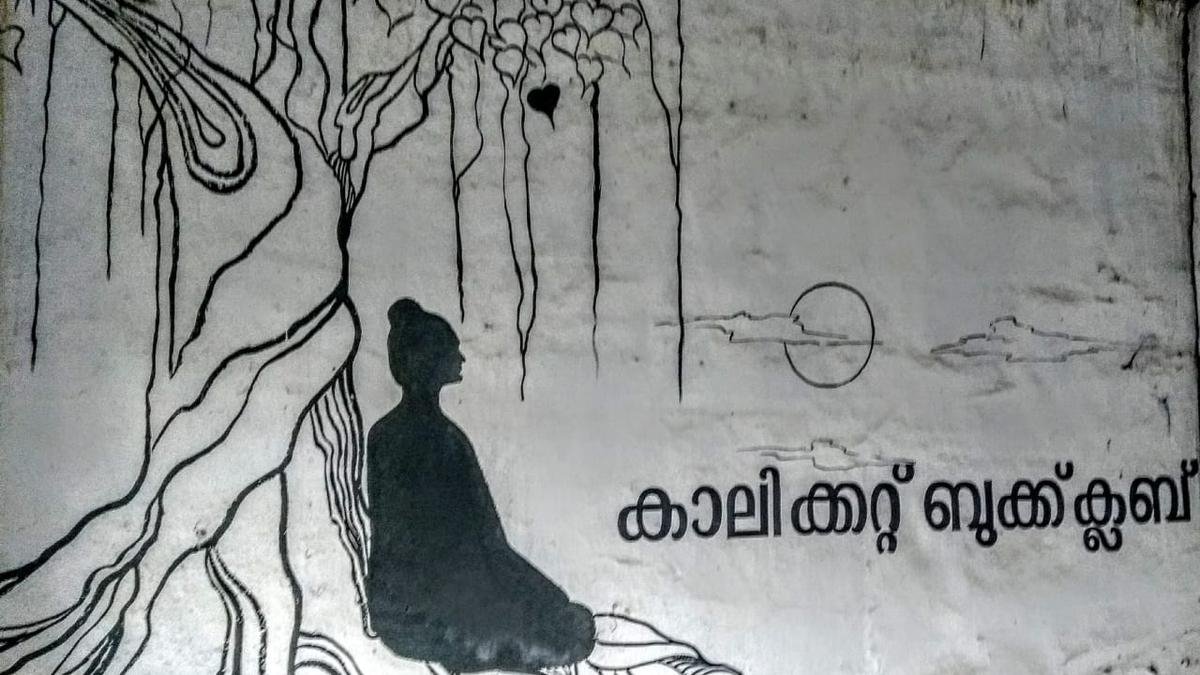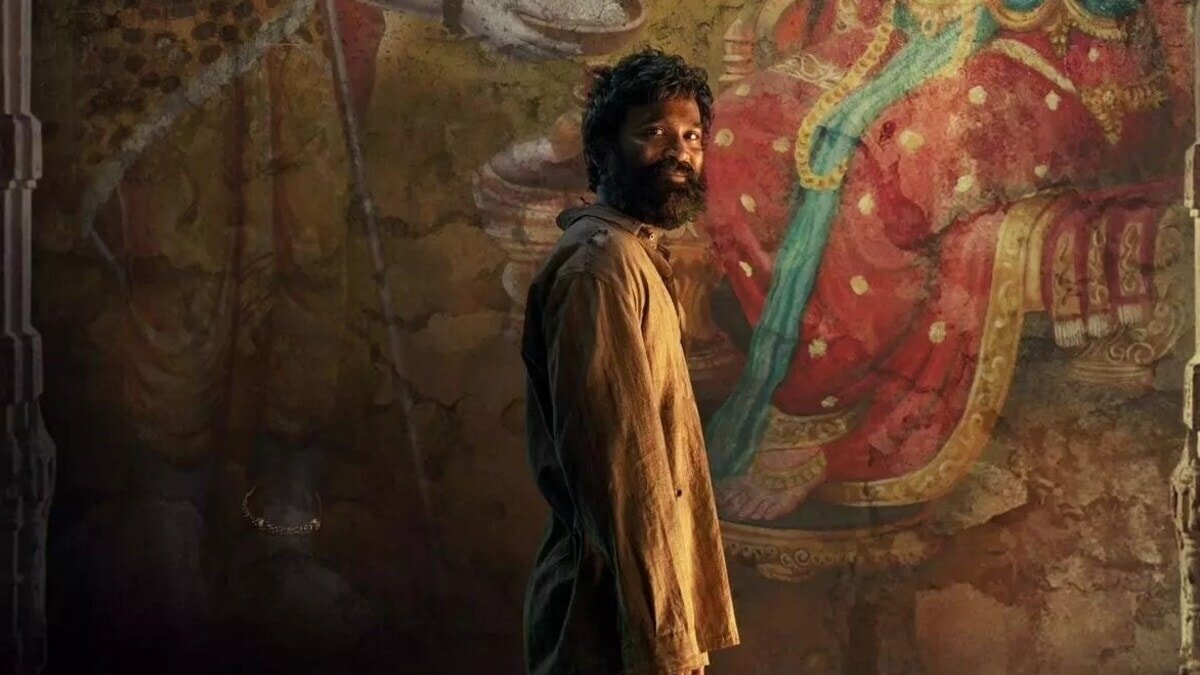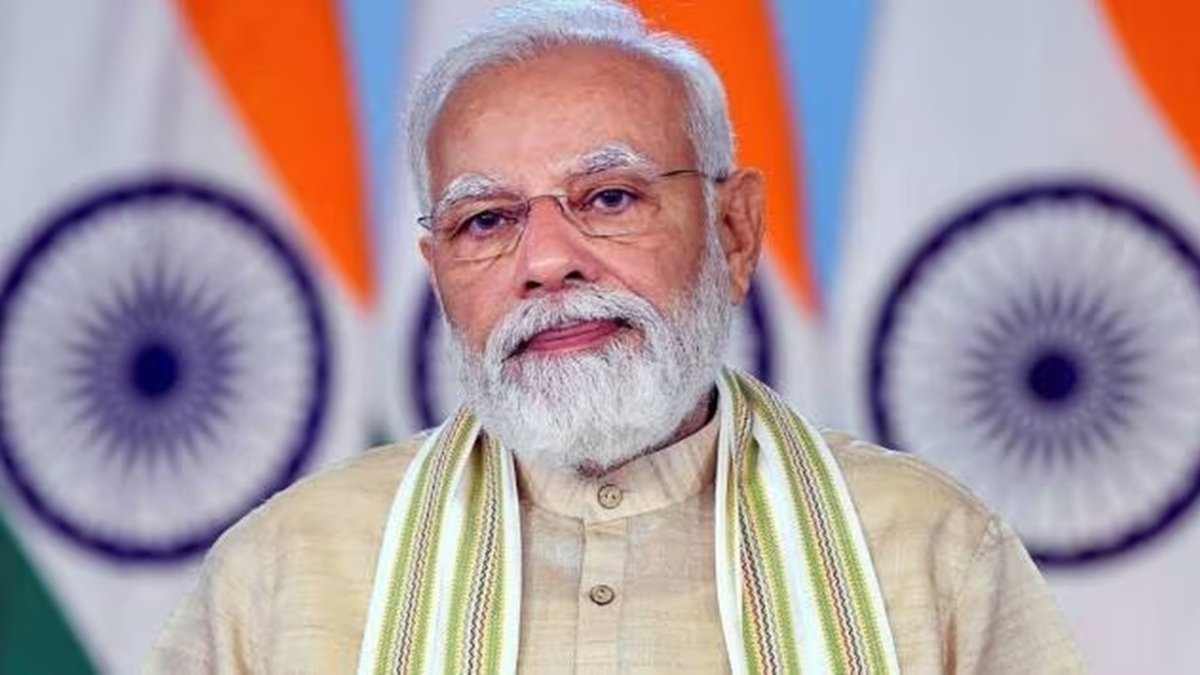All India Survey of Higher Education Results Garner Mixed Reactions
The recent interpretation by the UGC (University Grants Commission) of education survey results as evidence of “inclusivity, opportunity, and progress in Indian academic spaces” has been met with mixed responses. This analysis follows the release of the AISHE (All India Survey of Higher Education) 2021-22, by the Union Ministry of Education, showing moderate growth in overall higher education enrolment. The UGC further noted an increment in enrolment among minority groups, SC, ST and OBC students, which it interprets as a significant achievement.
Responses to the Survey
Critics from opposition party student groups and specialists, however, challenge these conclusions, arguing that the enrolment growth rate can be seen as expected, if not unremarkable, mainly attributable to growth in the private sector.
Inclusive Growth in Higher Education
UGC Chairman, M Jagadesh Kumar, asserts a trend of “rapidly increasing female enrolment” across all social categories, suggesting a critical shift in higher education accessibility for female students. He credits initiatives such as targeted scholarships, girls’ hostels, and flexible learning options as being instrumental in forging this environment of inclusivity. Further, growth in enrolment among minority communities, as reported by the Chairman, paints an encouraging picture. “The total number of minority students has increased by 38%, while the total number of female students belonging to the minorities also increased by 42.3%,” he states, referencing the survey.
Data Analysis and Insights
Furqan Qamar, an education expert and professor at Jamia Millia Islamia, draws attention to the decrease in enrolment of Muslim students in 2020-21. He expressed relief at the rebound in enrolment this year, but remains concerned that the number of Muslim students in higher education is only at par with the 2019-20 level. He notes that higher education institutions’ growth is primarily a result of an increase in the private sector. Professor Qamar shared concerns over a trend of fallen enrolment from foreign students, continuously over the past three years.
Projections for the Future
With a reported increase of 81.2% in PhD enrolment, with a prominent 107% rise among female students, Prof. Kumar sees this as another significant achievement of the entire Indian higher education system. “This surge in interest for research, particularly among women, provides great hope for the future of Indian academia and innovation,” he added.
Critical Perspectives
Student groups like the Left-wing outfit, SFI, posit that the data doesn’t give much to celebrate. They attribute increase in enrolment to normal growth from the previous academic year. Mayukh Biswas, General Secretary of SFI, cites increasing cases of students’ suicides, halted scholarships for marginalized students, and shut down of many schools after the NEP (National Education Policy) as reasons for his organization’s criticism.
Meanwhile, student organization, ABVP, appreciates the inclusive shift in higher education noted by AISHE. Nevertheless, ABVP urges for better infrastructure, curriculum, and alignment with current educational needs to improve the overall quality of higher education, said Yagywalkya Shukla, its general secretary.
All the information is brought up through the source from Reader Wall.




